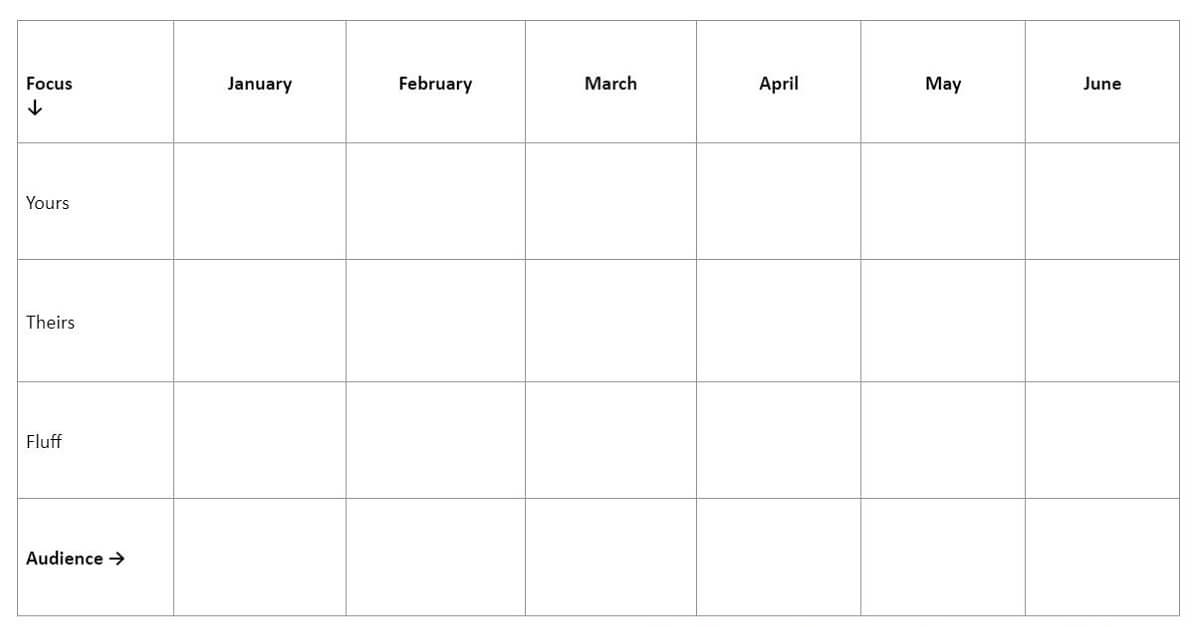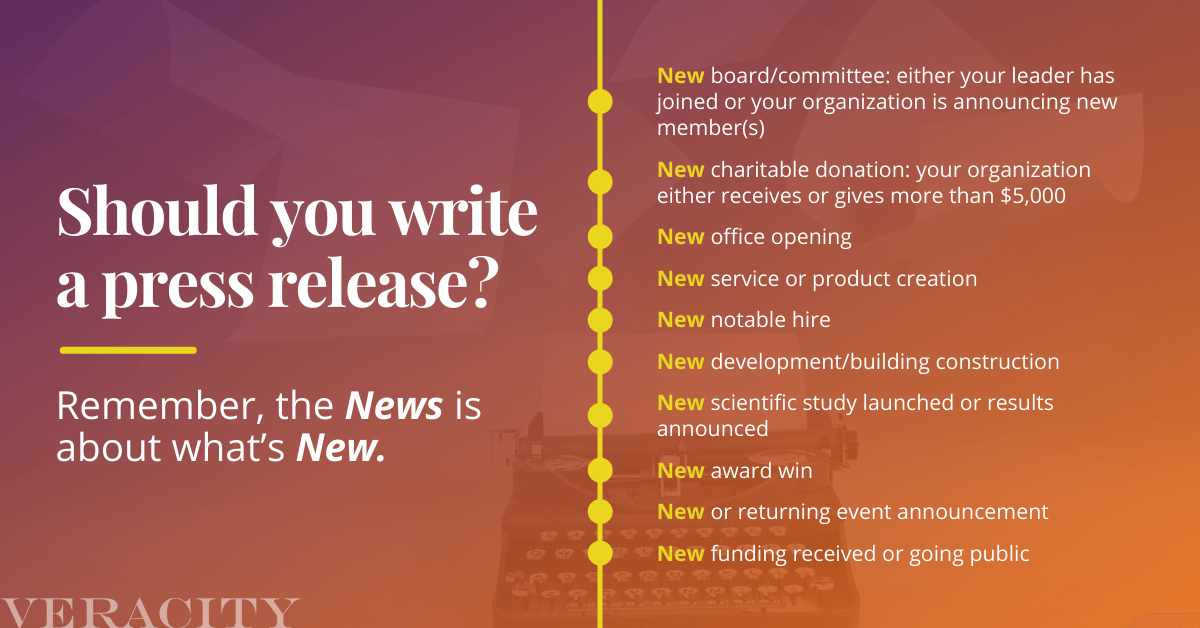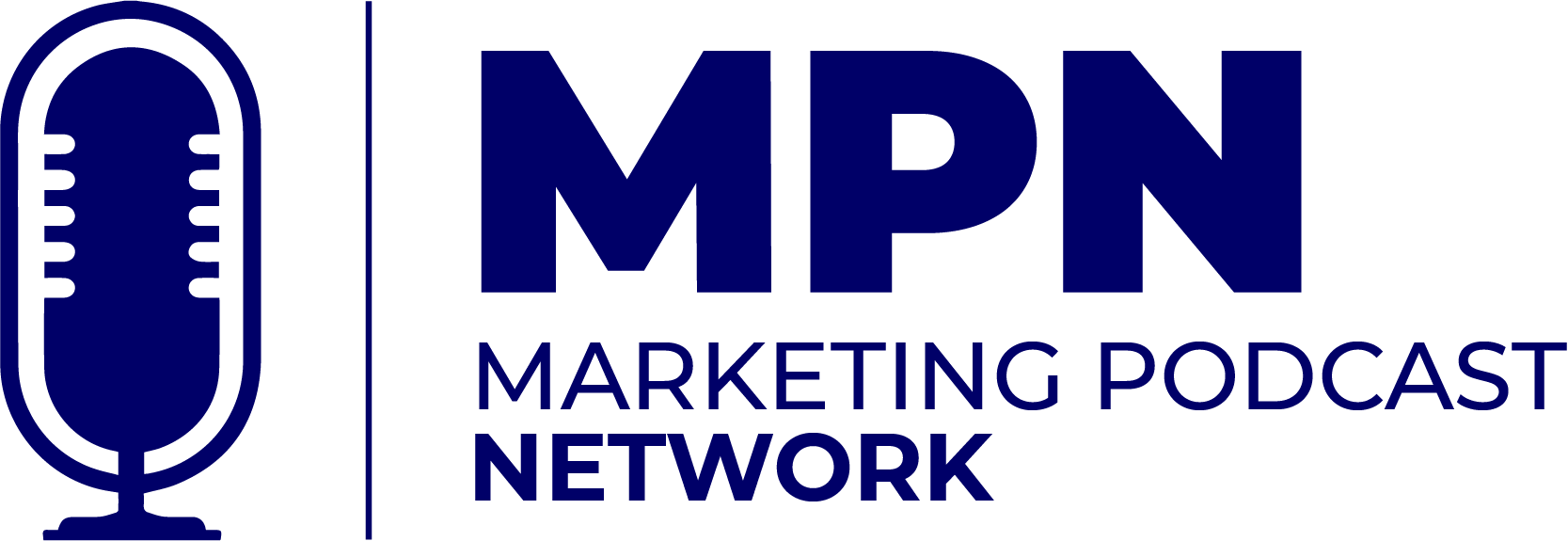Combat Overwhelm By Planning Ahead With Three Key Areas: Yours, Theirs & Fluff
I’ve witnessed recurring patterns throughout my years spent helping others with their marketing. Well-meaning people tend to get stuck in either big, lofty plans or small, minute details. Both ways of getting stuck are problematic as they inhibit results. The lofty plans are overwhelming and hard to fulfill, while the detailed plans may never get completed because they’re too perfection-oriented.
The crux of my book, A Modern Guide to Public Relations, focused on the detail-oriented types. Understanding that those caught in the debilitating state of perfection will only be held back by their own good intentions, I explained the how-to of PR and the idea of simply getting started. After outlining a little bit about what makes the news, I taught readers how to take action without spending too much time planning.
However, after the book published, I realized that actually Veracity doesn’t follow that model. Instead, every retainer account is led with a plan that details specific monthly action items for paid, earned and owned media. While our plans may be detailed, I have created a paired-down planning template for those without the luxury of an outside party’s help.
My aim is to assist others to achieve marketing success, since I know it’s possible for anyone to leverage the abundance of existing opportunities. The planning template is meant to be “quick and dirty” to get those inhibited by perfection started, or to help organize the overactive brainstormers, and even to offer veterans a new approach. Here’s how to start planning.

Start With No More Than Four Audience Types
All planning should begin by considering the audience, so the template first asks you to list no more than four audience types. Sticking to a limited audience, you can better ensure your ideas will resonate with the right people. If there are multiple audiences, try to prioritize them in order of importance, so you can designate an appropriate amount of campaign focus to each.
For example, B2B organizations could consider both their trades (the industry they’re in) and verticals (the industries their prospects are in) as audiences. Although it may be counterintuitive, businesses may consider their trade as an audience because attention among their trade can bring clout.
Meanwhile, B2C organizations could consider the key demographics of each audience segment to target individually as unique audiences.
Taking an approach that narrows audiences gives you an efficient way to connect outreach ideas with the appropriate audience(s) and ensure your tactics are applied evenly or according to your priority order.
A Circular View of the 12 Months Ahead
Next, the planning template breaks down the coming 12 months in a horizontal format. By doing that, it gives you an at-a-glance view of your anticipated plans, allowing you both consistency and flexibility to make changes along with any fluctuations in audiences and the market landscape.
Consider the Three Categories: Yours, Theirs, and Fluff
You’ll see that across the 12 months, the template is broken down into three categories: Yours, Theirs, and Fluff. By thinking about your approach in each, it will hopefully help spark ideas and bring a further structure to your plans. The three categories, along with what to do with them, are explained below.
Yours: Your News and Happenings
“Yours” refers to the business or organization/entity you represent. Here, you can plot out all the new happenings with your organization or its key leaders. Since this section outlines what’s new, many of these ideas could be used for all types of marketing, even earned media because generally news coverage should be about just that — the news — and this is your news. While not all ideas will be strong enough for news coverage, don’t hold back. Allow yourself to brainstorm, because while not “newsworthy,” some ideas could translate into other types of marketing. It’s also okay if the month in which you’ve listed an idea changes, since marketing plans are always a moving target.
Theirs: Audience News and Happenings
In this category, consider what’s occurring around your organization or what your key audiences may be participating in. This step takes an outside look at what’s happening in your industry and the industries you serve, as well as your local community or those that are affected by your business endeavors. Include topics that will be on your audience’s radar, such as industry events for B2B companies or community events for B2C companies. At this juncture, you don’t even need to know what the level of participation may be in each event, just get it on the calendar to consider marketing around it.
Fluff: Holidays, Seasons and Awareness Days
This section is reserved for holidays, national awareness days and key seasonal themes affecting your industry and/or audience (aka “fluff”). While this applies more to consumer-facing businesses, some themes could be tweaked to resonate with both B2B and B2C audiences. For example, let’s look at a September back-to-school campaign idea for each company type:
- A B2C food company could promote back-to-school snacks and lunches for kids that extend beyond the classic peanut butter and jelly sandwich.
- A B2B sales software company could promote organizational tips to start the fall successfully, because as kids go back to school, the start-anew mindset extends to adults.
Visit NationalDayCalendar.com to find funny days, such as National Cupcake Day, or even to be reminded of major holidays, such as Valentine’s Day, that could easily be forgotten and may still be important both professionally and personally.
Plug anything relevant into the Fluff section of your calendar. You may not use any of this as a major campaign, but at the very least, it could serve as social media filler. However, as you attempt to evenly distribute your campaigns to hit audiences according to their specific allotment, you might find a very important occurrence, such as Breast Cancer Awareness month, to tie into a larger campaign.
Putting it All Together
Now that your template is filled in, you might feel that you’ve got a bunch of ideas that you don’t know what to do with. If I’d started this process by telling you the purpose of each section, I may have pigeon-holed your mind, inhibiting your creative juices. With your key dates and happenings lined up, along with your audiences’ key dates and happenings, replete with the filler found within the Fluff section, complete the following to bring more clarity:
Select Monthly Feature Campaigns
Among the three categories, highlight just one idea each month to serve as a jumping-off point for your monthly feature campaign. The idea is to tie a blog post into the feature campaign topic, plus you can build upon it for other marketing purposes. For example, since each blog should be promoted on social media at least three separate times, you’ll gain outreach volume. Moreover, the blogs could be highlighted, and linked to, in your email marketing and earned media collateral.
Sprinkle in Some Variety
However, not all of the monthly feature campaign topics will work for earned media, which is why there are additional sections within the template. Between the topics found in the three sections, there should be enough variety, not just for earned media topics, but for other types of marketing, such as podcasts, internal newsletters, speaking engagements, events and classes, and more. The Fluff section is the most useful for social media marketing, or it could add a bit of timeliness to a campaign you already have going.
It’s also a savvy strategy to tie together single campaigns found within the Yours and Theirs categories. For instance, a B2B company may be attending a trade show targeting a vertical audience (Theirs), therefore they may want to delay a press announcement about one of their major happenings (Yours) for release during the show. The B2B company can then discuss this major happening during press meetings at the show, while posting a press release to the show’s online news section.
Use Audiences to Narrow Down
If you have more than one big theme in a month (and you are unable to do two blog posts), this is where audience prioritization comes in. Now might be the right opportunity to select the topic that will reach the audience that has received the least focus. For this purpose, I have added an audience row so you can designate who is the target for your larger campaign. As you review your plan, you will be able to quickly see how evenly distributed your audience focuses are, and subsequently make the appropriate changes to ensure you achieve your desired reach.
—
I hope this simple framework will remove some of the overwhelm-factor that marketers know all too well. While planning can feel like a big undertaking, the investment will serve as a map to bring some semblance of control to the uncontrollable whims of both local markets and the world-at-large. Savvy marketers know plans are working documents that must allow for flexibility and nimbleness. Yet, by having a framework from which to move events and revise ideas, you’ll gain the confidence of having forethought, organization and strategy.
Moreover, as we trudge along within the monstrously huge job that is marketing, we’ll have something to check our progress against and a framework to plan our days, which brings less stress in the end. While plotting out ideas on a grid may seem basic, that is the point. By simply jotting down what you already know, you’ll be inspired to branch out into deeper planning through more intricate frameworks. But, we must start somewhere, so starting with the basics before getting too entrenched in the details is best. May the planning force be with you!


![Streamlined Press Release Template [Free]](https://www.veracityagency.com/wp-content/uploads/Press-Release-Templates-custom_800x600.jpg)

![What We Love, And Hate, About Marketing [Podcast]](https://www.veracityagency.com/wp-content/uploads/What-We-Love-About-Marketing-800x600-1.jpg)





![Industrial B2B Marketing with Laura Norup-Boyer [Podcast]](https://www.veracityagency.com/wp-content/uploads/Laura-Norup-Boyer-800x600-1.jpg)




